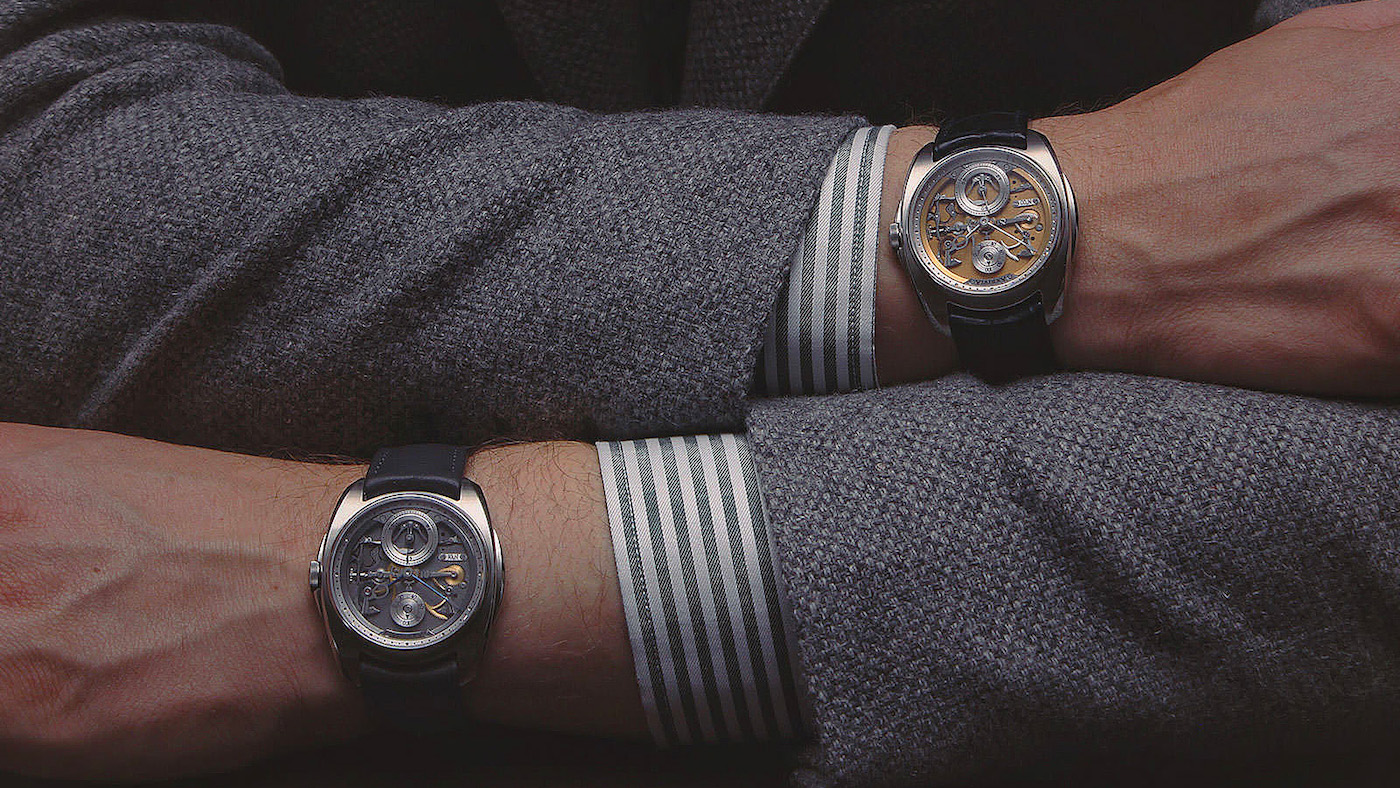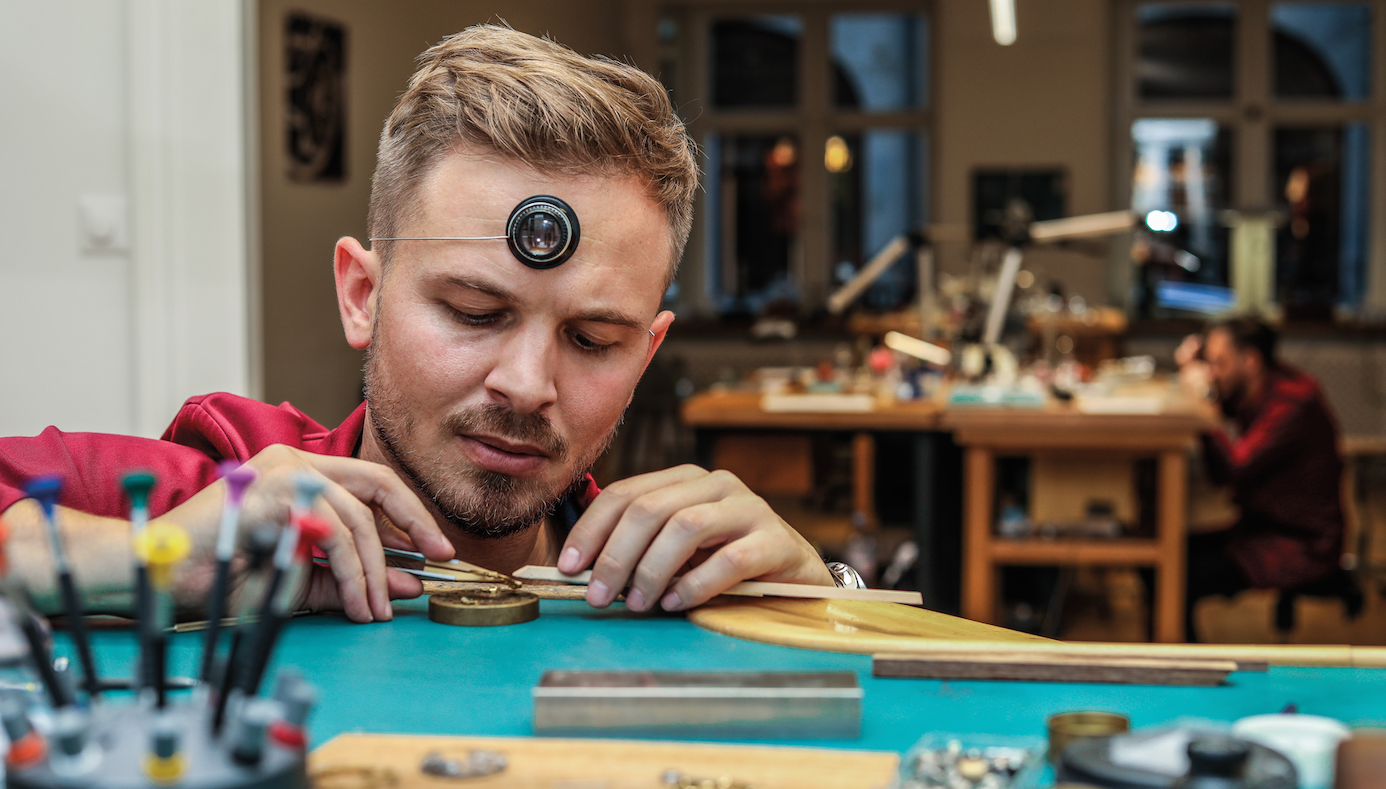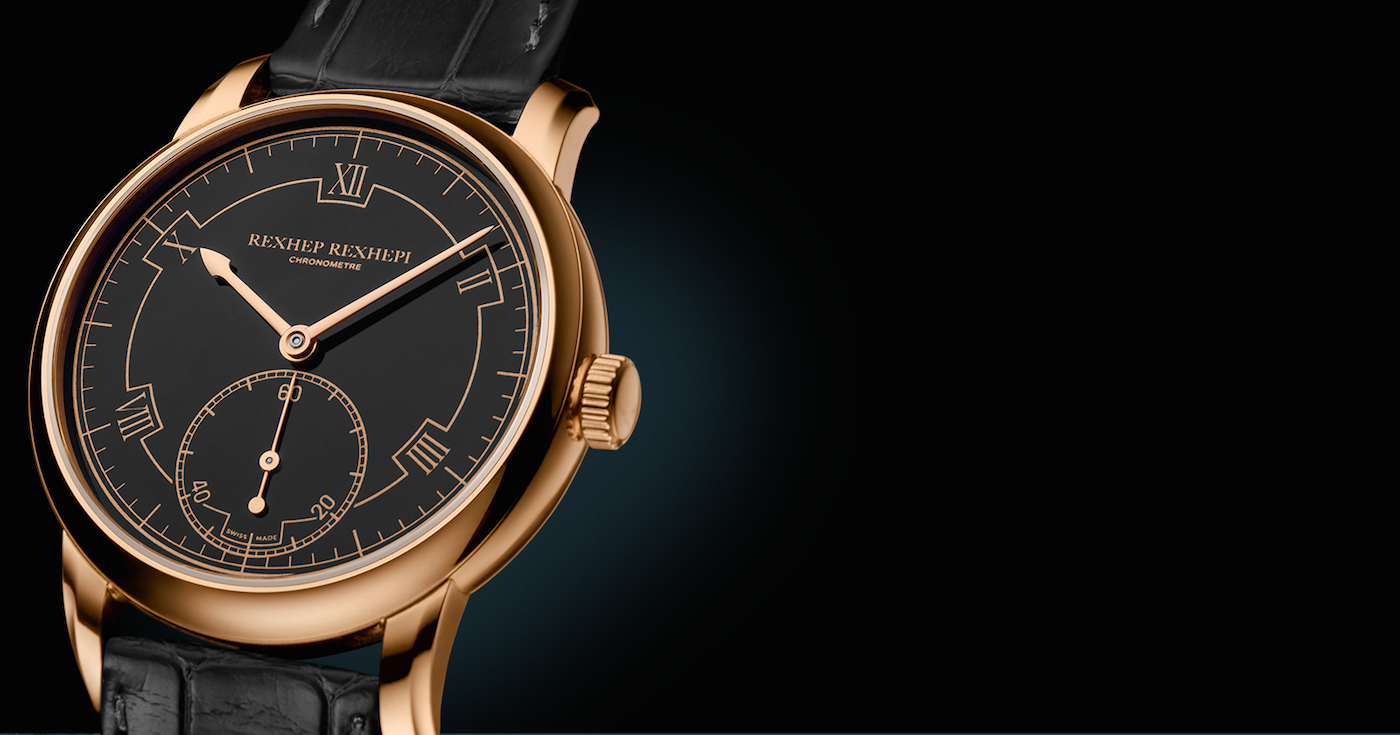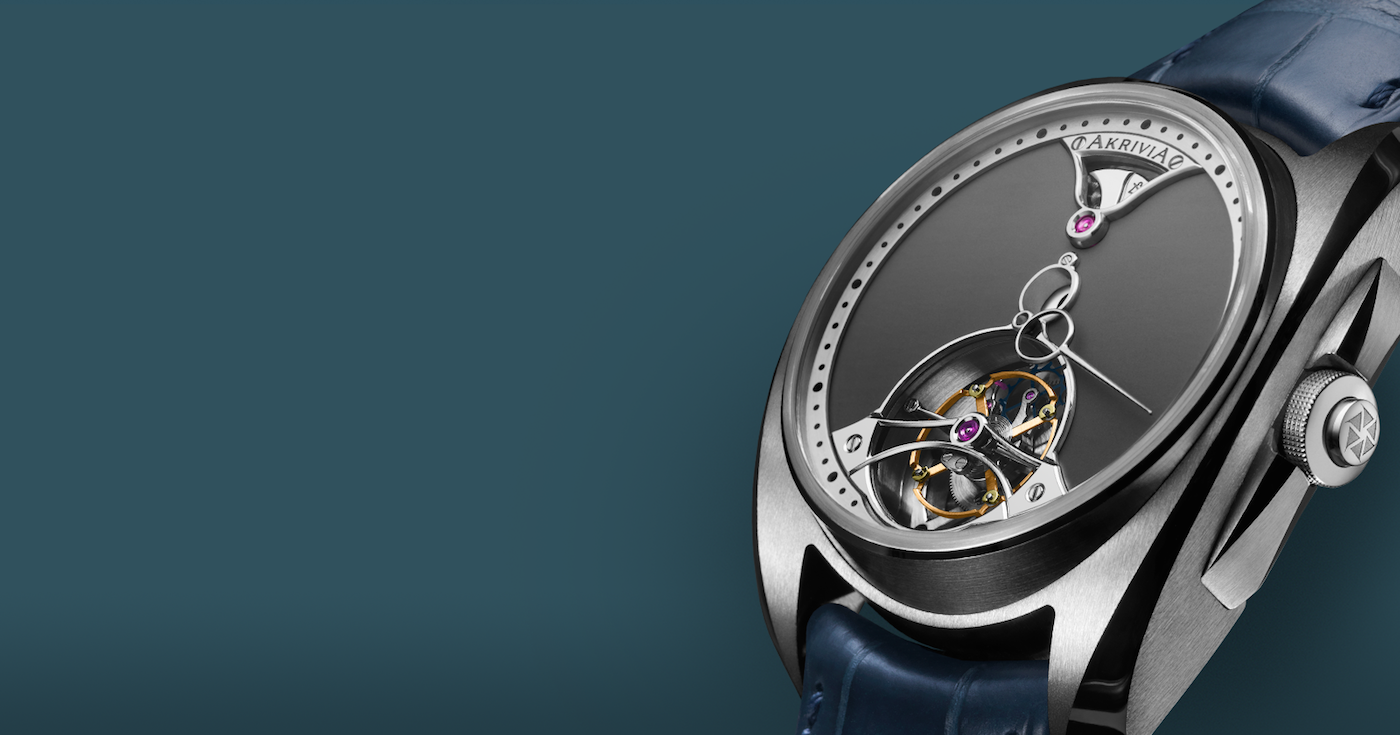Rexhep Rexhepi: the watchmaker’s watchmaker
Meet Rexhep Rexhepi the maverick force in Swiss horology

Not only does Rexhep Rexhepi have the coolest name in the world of watchmaking, his timepieces – superlatively complex and made in his small workshop in Switzerland – are highly sought-after by the horological cognoscenti. Aged only 33, Rexhepi is one of the youngest success stories in Swiss watchmaking and, what’s more, the first in his family to step into this rarefied world. He did so with a bang, too: Rexhepi’s very first release in 2012 – under the brand name AkriviA, from the Greek word for ‘precision’– was a tourbillon monopusher chronograph he had made from his home workbench. An audacious feat of engineering, the piece defied all expectations of a debut watch – somewhat akin to a fledgling rocket engineer rolling out a Falcon 9 from his shed.

Since then, Rexhepi has produced many more high-tech marvels, including a chiming jump- hour tourbillon (the AK-03) and the non-tourbillon AK-06, which created a big buzz among collectors upon its release in 2017 because of an open-worked dial that showcases an ingenious power reserve system. More recently, he released the award- winning neoclassical Chronomètre Contemporain (below) with its grand feu enamel dial – the first watch that bears his own name in place of the AkriviA signature.
The earliest release was bought by friends of Jean-Claude Biver for the watch supremo’s 70th birthday. (A legend in the industry, Biver – who now serves as non-executive president of LVMH’s Group Watch Division – is credited with reversing the fortunes of numerous luxury brands, including Blancpain, Omega, Hublot, TAG Heuer and Zenith.) As a new independent watchmaker – Rexhepi and his team of nine produce just 30 timepieces a year, each taking around three months to complete – this is the ultimate industry accolade. But then, Rexhepi learnt from the best: aged just 15, he was accepted onto an apprenticeship scheme at Patek Philippe where he spent three years learning the ropes of this prestigious marque, from assembly to decorative techniques such as perlage.
The Week
Escape your echo chamber. Get the facts behind the news, plus analysis from multiple perspectives.

Sign up for The Week's Free Newsletters
From our morning news briefing to a weekly Good News Newsletter, get the best of The Week delivered directly to your inbox.
From our morning news briefing to a weekly Good News Newsletter, get the best of The Week delivered directly to your inbox.

Rexhepi’s passion for watchmaking was ignited after a significant life change: born in Kosovo and brought up by his grandmother, he was forced to flee his war-torn country at the age of 11 and move to Switzerland to live with his father, who encouraged his son’s fascination with watches, though not always when it came to his own: “I loved the soft ‘tik-tok’ of my father’s Tissot watch – I would take it while he was sleeping, just so I could observe it. I just couldn’t understand how it worked. I tried to open it on various occasions, which caused a few arguments!” he laughs.
Inspired by Geneva’s many manufactures – “In Switzerland, you are surrounded by watches,” he says – the young Rexhepi was a star pupil at Patek Philippe. “The amazing thing about Patek is how specialised each workshop is,” he proffers. “You learn so much and in such detail, from watch assembly and intricate adjustments to the complex restoration of components.” Being inquisitive, he got itchy feet soon after his three-year stint: “I realised I was drawn to experimentation. I wanted to work across various areas of watch assembly, which just wasn’t possible at Patek.”

Rexhepi was hired by the now-defunct BNB Concept, a specialist in high-end movements, known especially for its innovative tourbillon complications. “I stayed there three years, working on some really fascinating prototypes,” he says. “Building and developing movements, well, it was pure engineering, which is what I have always been drawn to.” Rexhepi had one more dream to fulfil after this: to work for François- Paul Journe, widely regarded as a genius in the modern watch world. Once again, the young wunderkind made this a reality. “Working for François-Paul Journe was a revelation, because not only did I witness his craft but I also learnt how he managed his workshops and how he worked across many products with his team. When I left, at the age of 25, I felt more like a ‘man’,” laughs Rexhepi.
“I decided to branch out on my own, but it was a slow, organic process. I made my first watch, but I realised fairly quickly that I had no structure in place to make more. The first step was to get my work seen, so I showed my watch to as many journalists and collectors as I could. The feedback was really positive, but you can’t build a reputation quickly – I had a lot more to prove before I was able to make any sales. “In fact, I made my first sale two-and-a-half years later in 2014. At 25, you don’t really think about the obstacles, which I’m grateful for, because I just stubbornly pushed on regardless! But when I did sell that first watch, something clicked into place. I pledged to always stay true to my gut feeling, to always make watches that I feel personally connected to.”
A free daily email with the biggest news stories of the day – and the best features from TheWeek.com
There are a still more goals to reach: AkriviA does not yet produce all components in-house, although last year Rexhepi introduced case-making to his marque’s repertoire. “Every year, I work towards bringing more and more in-house, because it gives you so much more freedom as a watchmaker. Very soon, hopefully within a year from now, we hope to be totally independent.” So, are the mechanics of a watch more sacred that its decoration? “As a watchmaker, my drive is to create compelling movements, but if you have a beautiful movement in a watch that doesn’t aesthetically captivate people, it is no good to anyone,” says Rexhepi. “For me, the finished product must be a work of absolute harmony.”
-
 How climate change is affecting Christmas
How climate change is affecting ChristmasThe Explainer There may be a slim chance of future white Christmases
-
 The MAGA civil war takes center stage at the Turning Point USA conference
The MAGA civil war takes center stage at the Turning Point USA conferenceIN THE SPOTLIGHT ‘Americafest 2025’ was a who’s who of right-wing heavyweights eager to settle scores and lay claim to the future of MAGA
-
 The 8 best drama movies of 2025
The 8 best drama movies of 2025the week recommends Nuclear war, dictatorship and the summer of 2020 highlight the most important and memorable films of 2025